“Central Asia: The Heart of the Turkic World and the Stage for Geopolitical Rivalry” offers a multidimensional analysis of the region’s geopolitics, identity, and future, bridging history with modern transformations.
Uyghur writer, and screenwriter Mehmet Emin Hazret’s new book, “Central Asia: The Heart of the Turkic World and the Stage for Geopolitical Rivalry: Power, Identity, and the Future in the Turkic Republics” was recently published in both English and Turkish. This book, aims to analyze Central Asia’s historical layers, political transformations, security threats, societal fractures, and relations with global powers from a multidimensional perspective.
Central Asia is not merely a geographic region but a strategic hub where history, culture, politics, and geopolitics intersect. Over the centuries, these ancient lands have witnessed dominance struggles among great powers—from the Göktürks to the Timurids, from Tsarist Russia to the Soviet Union—and re-emerged on the historical stage with independence at the end of the 20th century. However, independence has brought both significant opportunities and challenging legacies, along with deep contradictions.
Today, Central Asia finds itself economically encircled by China’s Belt and Road Initiative on one side and exposed to Russia’s military and cultural influence on the other. Simultaneously, Turkey’s rising influence, the West’s limited yet strategic interest, and the Islamic world’s spiritual connections are reshaping regional dynamics.
While Central Asian Turkic republics grapple with authoritarian political legacies, border conflicts, demographic pressures, unemployment, brain drain, radicalism threats, and cultural identity issues inherited from the past, they are simultaneously striving to rebuild their futures through modernization, digital transformation, energy partnerships, and regional alliances. These dynamics have captured attention beyond academic curiosity, becoming focal points for political analyses, economic strategies, and cultural commentaries.
“Central Asia: The Heart of the Turkic World and the Stage for Geopolitical Rivalry” is not merely informative; it also represents an analytical effort that encourages critical thinking, questioning, comparison, and guidance. Each chapter connects transformations in Central Asia to their historical roots, combines current developments with in-depth analyses, and presents different countries’ experiences in comparative terms. The aim is not just to narrate events but to explore their backgrounds and potential outcomes.
This book serves as both a reference source and a visionary guide for decision-makers, academics, journalists, students, and a wide readership. Understanding Central Asia today is crucial not only for regional expertise but also for interpreting global developments accurately.
Lastly, I hope the analyses in this work contribute to constructing a more just, freer, and collaborative vision for Central Asia, beneficial not only to Turkey and the Turkic world but also to global actors.
To understand Central Asia is to build the future.
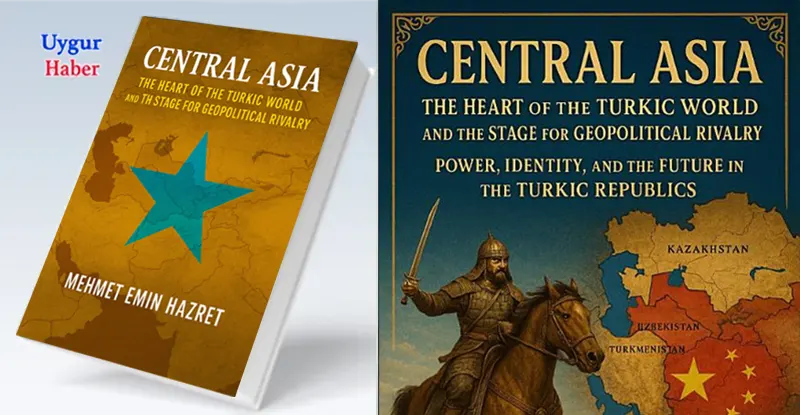
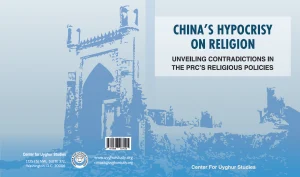
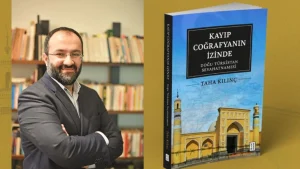

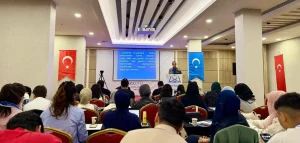
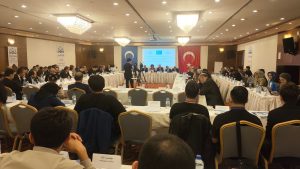
Be First to Comment